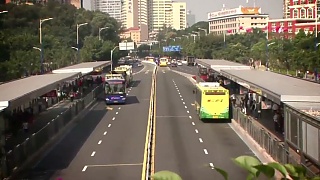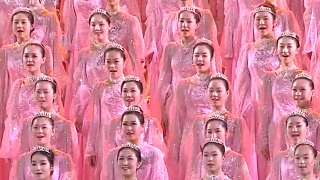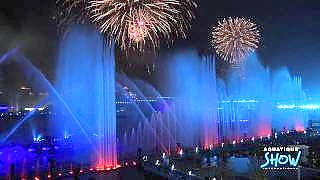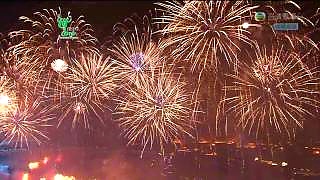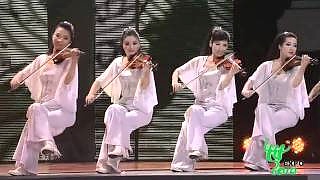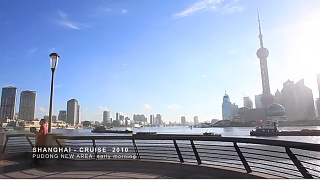
|
With Blondie in China ...
Welcome to LanZhou City
Introduction
History
Top Attractions
Nearby Attractions
Local Cuisine
Visitor Tips
Introduction
LanZhou is the capital city of GanSu Province, located in the northwestern part of China. Known as a key hub along the ancient Silk Road, LanZhou is a city rich in history and culture. The city is famous for its stunning landscapes, including the Yellow River that flows through its heart, and its unique blend of modern and traditional Chinese culture.
History
LanZhou has a history that dates back over 2,000 years. It was an important stop on the Silk Road, serving as a gateway between China and Central Asia. Throughout its history, LanZhou has been a melting pot of cultures, influenced by the various ethnic groups and traders who passed through the region. The city has maintained its historical significance while developing into a modern urban center.
Top Attractions
Zhongshan Bridge (Yellow River Iron Bridge)
The Zhongshan Bridge, also known as the Yellow River Iron Bridge, is one of LanZhou’s most iconic landmarks. Built in 1907, it was the first permanent bridge to span the Yellow River. The bridge offers stunning views of the river and the surrounding mountains and is a popular spot for both tourists and locals.
Baita Mountain Park
Baita Mountain Park is located on the northern bank of the Yellow River. The park is named after the White Pagoda (Baita), which stands atop the mountain and dates back to the Yuan Dynasty. The park offers beautiful landscapes, ancient temples, and panoramic views of the city and the Yellow River.
Waterwheel Garden
The Waterwheel Garden is a unique attraction that showcases the traditional waterwheels used along the Yellow River for irrigation. The garden features several large waterwheels, some of which are functional and demonstrate how they were used historically. It’s a great place to learn about the agricultural history of the region.
Gansu Provincial Museum
The Gansu Provincial Museum is one of the most important cultural institutions in LanZhou. The museum houses a vast collection of artifacts, including ancient Silk Road treasures, fossils, and exhibits on the history and culture of GanSu Province. Highlights include the famous bronze Galloping Horse Treading on a Flying Swallow statue.
Five Springs Mountain Park
Five Springs Mountain Park is a scenic area located in the southern part of LanZhou. The park is famous for its natural springs, beautiful gardens, and ancient temples. Visitors can enjoy hiking trails, visit the various temples, and take in the peaceful surroundings.
Binhe Park
Binhe Park is a riverside park that stretches along the banks of the Yellow River. The park features walking paths, gardens, and pavilions, making it a popular spot for leisurely strolls and enjoying the river views. The park is especially beautiful in the evening when the lights illuminate the riverbanks.
Nearby Attractions
Bingling Temple Grottoes
Bingling Temple Grottoes, located about 80 kilometers from LanZhou, is a stunning site featuring ancient Buddhist cave carvings and statues. The grottoes date back to the Western Jin Dynasty and are set in a dramatic cliffside along the Yellow River. Visitors can take a boat ride to reach the grottoes and explore the intricate carvings and murals.
Majiayao Cultural Site
The Majiayao Cultural Site, about 100 kilometers from LanZhou, is an archaeological site where some of the earliest examples of painted pottery in China were discovered. The site offers insights into the Neolithic cultures that once thrived in the region. A small museum on-site displays artifacts and provides historical context.
Liujiaxia Reservoir
Liujiaxia Reservoir, located about 70 kilometers from LanZhou, is a large artificial lake surrounded by scenic landscapes. The reservoir is a popular spot for boating, fishing, and enjoying the natural beauty of the area. It also serves as the gateway to the Bingling Temple Grottoes.
Yuzhong County
Yuzhong County, located to the southeast of LanZhou, is known for its picturesque landscapes, traditional villages, and cultural sites. The county is home to several Taoist and Buddhist temples, as well as beautiful mountain scenery, making it an ideal destination for those looking to explore the countryside around LanZhou.
Local Cuisine
LanZhou is famous for its hearty and flavorful cuisine, which reflects the region’s diverse cultural influences. The city is best known for LanZhou Beef Noodles (LanZhou Lamian), a beloved dish made with hand-pulled noodles, tender beef slices, and a rich broth. Another local specialty is Yellow River Carp, typically prepared in a variety of flavorful sauces. Street food is also popular, with vendors offering snacks like grilled lamb skewers, steamed buns, and sweet pastries.
Visitor Tips
Best Time to Visit: The best time to visit LanZhou is during spring (April to June) and autumn (September to October) when the weather is mild and the landscapes are at their most beautiful.
Getting There: LanZhou is well-connected by air through LanZhou Zhongchuan International Airport. The city is also a major hub on the high-speed rail network, with connections to cities like Beijing, Xi’an, and Urumqi.
Language: Mandarin is the primary language spoken in LanZhou. English is not widely spoken, so it’s helpful to know some basic Mandarin phrases or have a translation app handy.
Etiquette: When visiting religious sites, dress modestly and be respectful of local customs. It’s also customary to remove your shoes before entering certain temples.
|
 The Road to the Future
The Road to the Future

